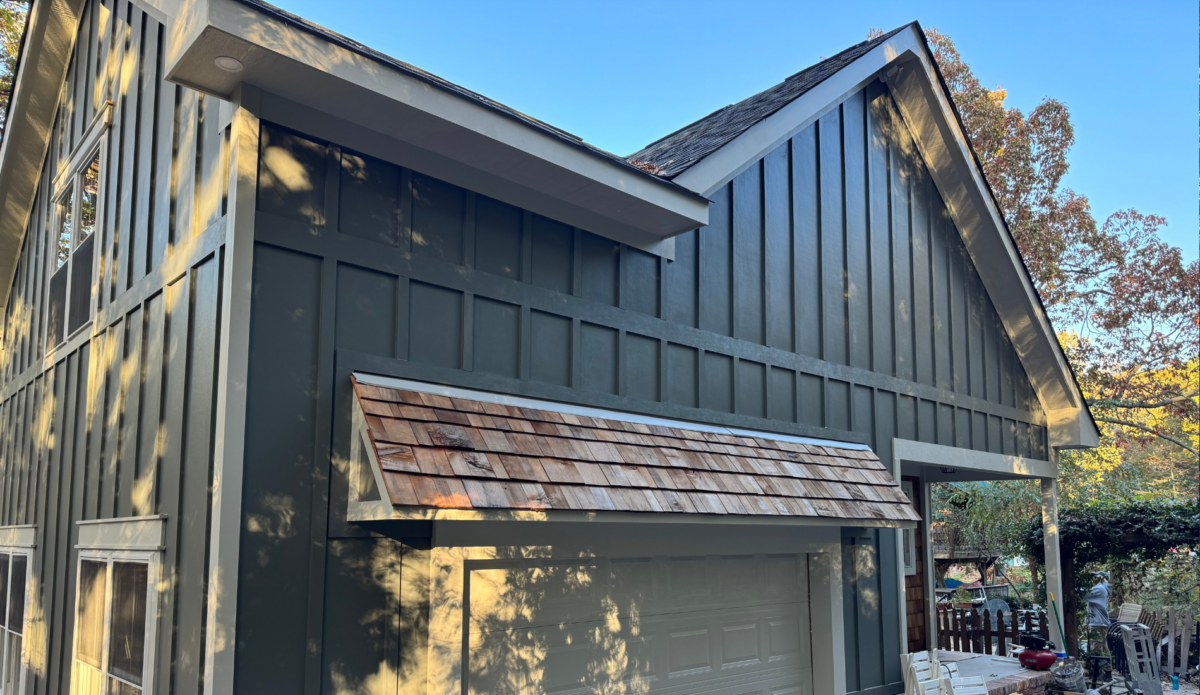How to Paint Board and Batten
Board and batten is a popular siding style that has been around for centuries. It features wide, vertical boards with narrow strips of wood, known as battens, covering the seams between them. While traditionally used on barns and other agricultural buildings, board and batten has become increasingly popular in modern home design.
History of Board and Batten
The use of board and batten siding dates back to the 14th century in Europe. People primarily used it as a practical solution to cover gaps between boards on buildings made from rough-hewn timber at that time. It also provided additional protection against harsh weather conditions.
As European settlers came to North America, they brought the practice of board and batten with them. However, it wasn’t until the 19th century that it became a popular siding style in the United States. During this time, board and batten was mainly used on agricultural buildings such as barns, sheds, and farmhouses.
Modern Use of Board and Batten
In recent years, board and batten has gained widespread popularity in modern home design. This is due to its rustic and charming aesthetic, as well as its durability and low maintenance requirements.
Various home styles, including farmhouse, cottage, colonial, and even contemporary designs, actively use board and batten today. Manufacturers can produce it from a variety of materials such as wood, vinyl, fiber cement, or engineered wood.
Benefits of Board and Batten
There are several benefits to choosing board and batten as your siding option. These include:
- Versatility: Board and batten can work well with a variety of architectural styles, making it a versatile choice for homeowners.
- Durability: This type of siding is durable and can withstand harsh weather conditions, making it an excellent choice for homes in areas with extreme temperatures or frequent storms.
- Low maintenance: Board and batten requires minimal maintenance, as it does not have many seams or joints that can trap dirt or moisture.
- Energy efficiency: When installed correctly, board and batten can help improve a home’s energy efficiency by providing an additional layer of insulation.
Paint Board and Batten for a Custom Look
One of the greatest advantages of board and batten is that you can paint it in any color.. This allows homeowners to customize the look of their home and add unique character and charm.
- Neutral Colors: Shades like beige, white, and gray are classic choices for board and batten siding. They lend a timeless, elegant look to the house and match well with various architectural styles.
- Earthy Tones: Colors like green, brown, or taupe can help your home blend seamlessly with a natural landscape. These hues are especially suitable for homes situated in rural or wooded areas.
- Bold Colors: Strong, bold colors like navy, red, or black make a statement and can give your home a distinct, memorable look. These colors work best on larger surfaces and should be contrasted with lighter trim for balance.
- Pastel Colors: Soft, pastel colors like light blue, mint green, or pale yellow can give your home a cozy, inviting appeal. These colors are often used for cottage-style or coastal homes.
- Two-Tone Options: Using two complementary colors can add depth and interest to your home’s exterior. For instance, you might choose a darker color for the boards and a lighter shade for the battens to create a striking contrast. Alternatively, you can paint the boards and battens the same color but in different finishes (e.g., matte vs. glossy) for a subtle yet sophisticated look.
Steps to Paint Board and Batten:
- Choose the Right Paint: Use high-quality paint for a long-lasting finish.
- Prepare the Surface: Clean the siding thoroughly before painting. Power wash if needed. (for exterior painting only)
- Prime if Needed: Prime wood or porous surfaces before painting for a smooth base.
- Caulk and Fill Nail Holes: Fill gaps and nail holes with exterior caulk. Let it dry.
- Protect Surrounding Areas: Cover nearby surfaces and landscaping to prevent splatters.
- Consider Weather Conditions: Paint on mild, low-humidity days for even drying (for exterior painting only).
- Apply Multiple Coats: Apply two or more coats for full coverage and a smooth finish.
- Allow for Drying Time: Follow recommended drying time between coats.
- Evaluate and Touch Up: Inspect and make any necessary touch-ups or cleanups.
By following these steps, achieve a beautiful board and batten finish that enhances your home’s look. Use high-quality materials and take your time for best results.
Maintaining Your Exterior Siding
To keep your board and batten siding looking its best, regular maintenance is necessary. Here are some tips to ensure it stays in top condition:
- Clean it regularly: Dirt, dust, and grime can accumulate on board and batten siding over time. Use a soft brush or a low-pressure washer to remove debris from the surface. Avoid using harsh chemicals that can damage the finish.
- Inspect for damage: Check your siding periodically for any signs of wear or damage such as cracks, rotting wood, or loose boards. Make repairs as needed to prevent further damage.
- Repaint if necessary: While board and batten is known for its durability, it will eventually need to be repainted. Depending on the material used, this can range from every 5-10 years. Keep an eye out for any chipping or peeling paint and repaint as needed.
Choose Cova Painting for Your Next Project
With over 25 years of experience in the industry, Cova Painting has the skills and expertise to deliver high-quality painting services that will bring your vision to life. Whether you’re looking for neutral tones, earthy hues, bold colors, or a two-tone finish, Cova Painting can cater to your preferences and ensure that your board and batten siding project achieves the aesthetic you desire. Schedule your free no obligation consultation today.


